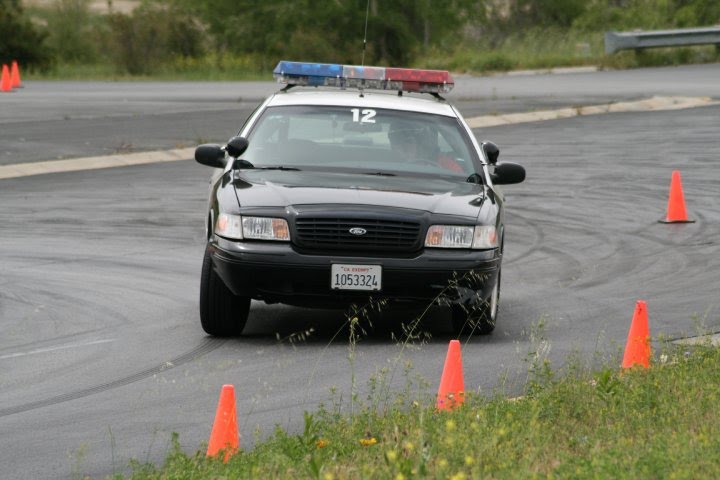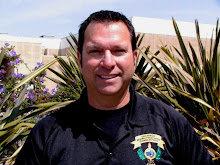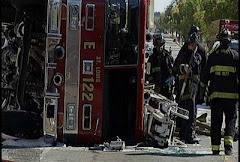CalPOST is actively advancing and supporting the SAFE Driving Campaign, embracing stakeholders from across the nation. They have assembled a hybrid group of multidisciplinary experts to coordinate efforts to understand and address LEO traffic-related deaths. There is no other program, research or officer safety initiative currently in existence to offer this level of expertise and service to our LE agencies.
The SAFE Driving Campaign consists of an Advisory Board, Research Team and the Vehicle Operations and Training Advisory Council (VOTAC).
The Advisory Board membership includes:
Craig W. Floyd, Chairman and CEO of the National Law Enforcement Officers Memorial Fund;
Gordon J. Graham, Esq., Graham Research Consultants;
Stan Hilkey, Sheriff of Mesa County, CO Sheriff's Department;
Charles E. Miller III, Coordinator, FBI Law Enforcement Officers Killed and Ambushed (LEOKA);
Colleen Mestas, Chief of the Visalia Police Department;
Michael Geraci, Director, NHTSA Office of Traffic Safety;
Gary Hart, U.S. Senator (ret.), State of Colorado/University of Colorado, Denver.
The Research Team includes:
Dr. Geoff Alpert, University of South Carolina;
Dr. Mary Dodge, University of Colorado, Denver;
Dr. Tom Rice, University of California, Berkeley;
Dr. Ron Tarr, University of Central Florida;
Dr. Bryan Vila, Washington State University, Spokane;
Dr. Kevin Wehr, California State University, Sacramento;
Dr. Jerry Williams, University of Colorado, Denver.
The Vehicle Operations and Training Advisory Council includes:
Richard Lindstrom, Director, State Center Regional Training Center, CA Academy Directors Association;
Jim Gordon, Lt., Stanislaus County Sheriff's Academy, CA Academy Directors Association;
Bob Miller, Chief of the Colton Police Department, CA Police Chiefs Association;
Brian Raffish, Lt., Los Angeles Police Department, CA Peace Officers Association;
John Leas, Lt., San Diego Police Department, CA Peace Officers Association;
Mark Pazin, Sheriff of Merced County Sheriff's Department, CA State Sheriffs Association;
Rod Rifredi, Sgt, Davis Police Department, PORAC;
Brent Newman, Captain, CA Highway Patrol Academy;
Mike Poore, Sgt., CA Highway Patrol Academy;
The SAFE Driving Campaign members have met periodically over the last several months and recently produced Volume 1 of the VOTAC Driver Training Study, an outstanding report on issues and cause factors relating to LEOs injured and killed in police collisions. The VOTAC Study (found on this website) not only addresses the tough questions about why this happens to our officers and deputies but more importantly, focuses on improving LEO driver training strategies. Volume 1 initially identified several notable driver training best practices:
- Blended Training - use of both behind-the-wheel and simulators - produces the best training outcomes (performance in the field).
- Driver training technologies such as the SkidCar and LEDS allow for situational training that cannot (safely) be undertaken in a "real" setting. (LEDS = law enforcement driving simulators)
- Training at speeds equivalent to emergency operating speeds is an effective way to prepare officers for the challenges of emergency operations in traffic.
- Use of interference vehicles is an effective way to prepare officers for the challenges of emergency operations in traffic.
- Use of training vehicles that are similar in make and model, equipment and weight distribution is an effective way to achieve realistic behind-the-wheel training.
- Driver training during hours of darkness is an effective way to achieve realistic training.
For more information on CalPOST's SAFE Driving Campaign, check our website's side bar.








